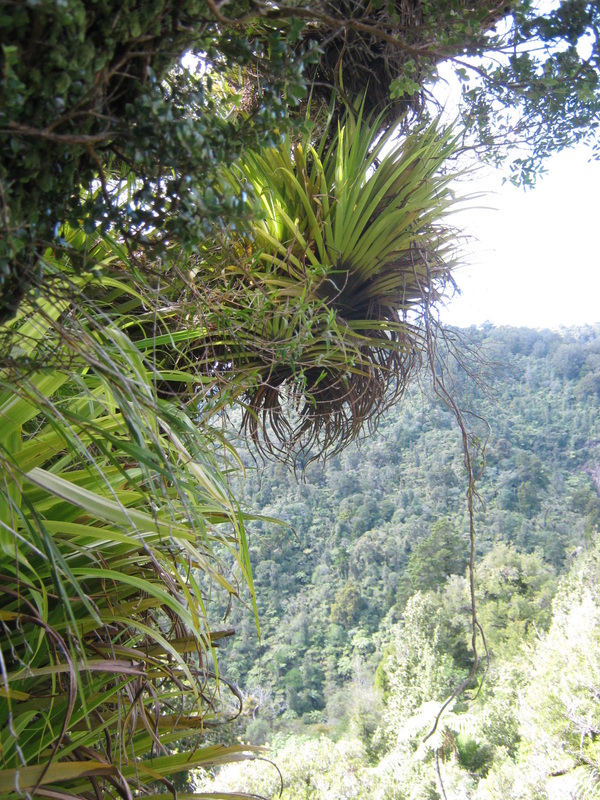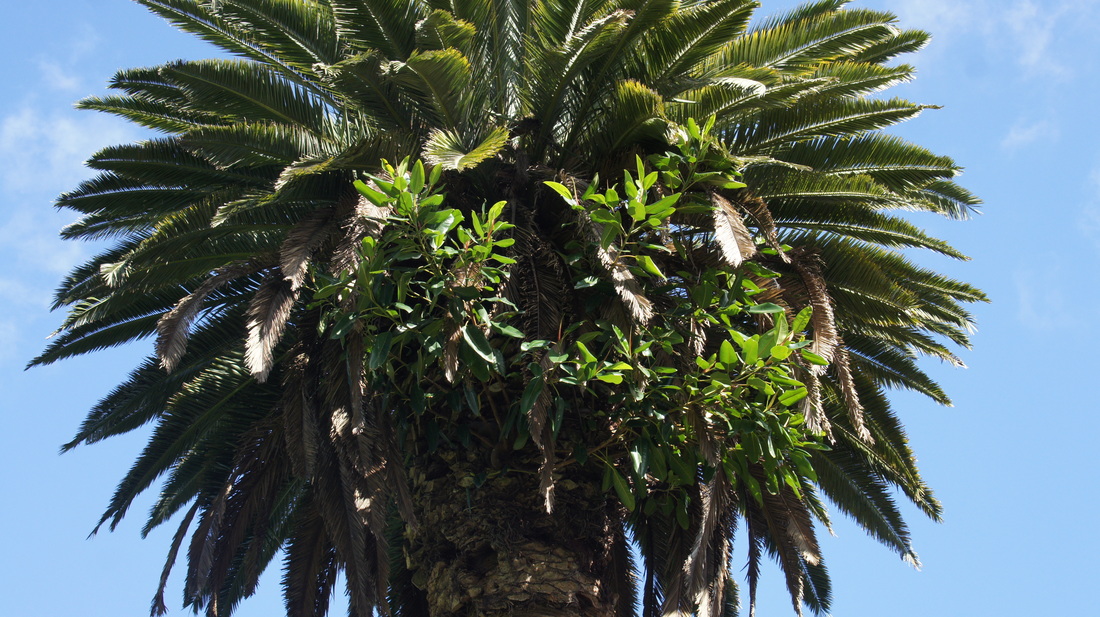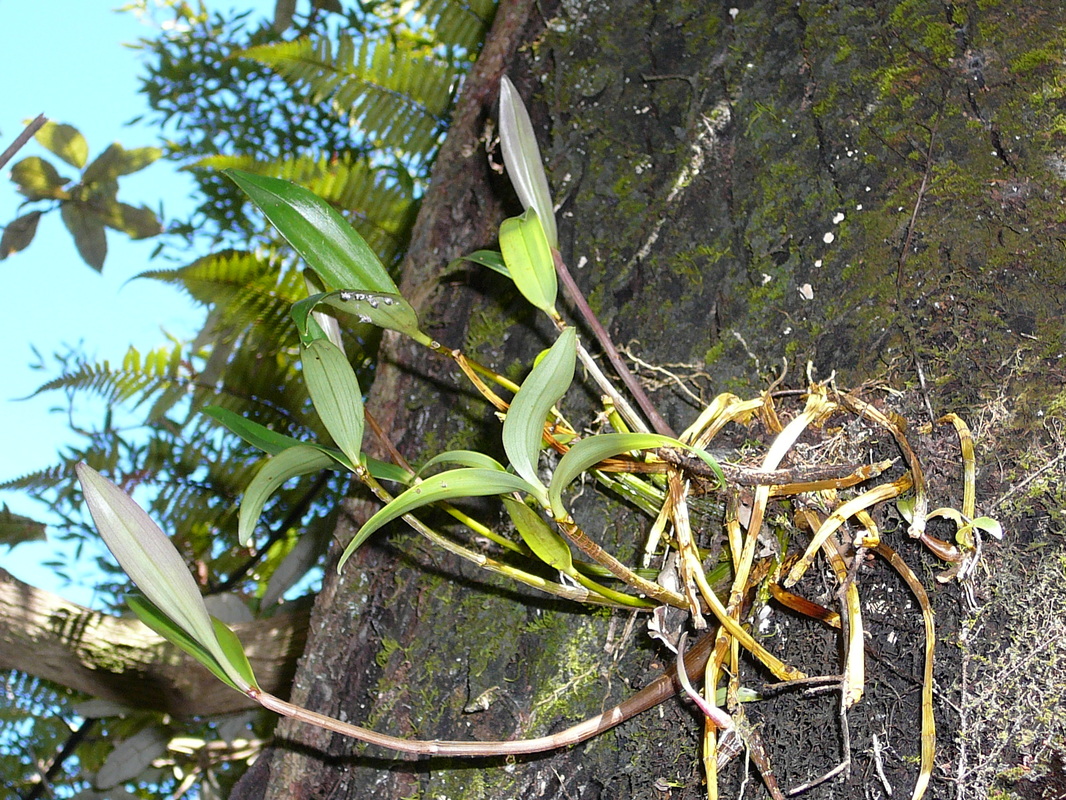However, I've come to realise that in this country full of naturalised exotic species it may also be the last uninvaded frontier. Thinking about all of the native plant life-forms (trees, shrubs, herbs, ferns, vines, epiphytes, mistletoes etc.), the epiphytes and mistletoes of the forest canopy are possibly the only group that aren't widely invaded by exotic species.
Harsh habitat: the climatic extremes of the forest canopy likely restrict the opportunities for common exotic species to establish.
Habitat integrity: the majority of epiphyte habitat is in old-growth forests. These places have the large trees, high humidity and relatively stable climates that epiphytes and mistletoes thrive in. The lack of disturbance in these forests likely limits the invasion threat.
Not in favour: most exotic species in New Zealand are garden escapees that were brought from a garden setting in their homeland. I suspect that the lack of epiphytic species in these overseas gardens means that not many epiphytes have ever been brought here (thankfully).
Just wait: without intentional introductions, the invaders rely on accidental arrival. These largely haven't occurred yet but changes in global climate patterns might make this more likely.
But wait....
To finish, let's be clear on something: It is very undesirable to have ANY exotic species in our native forests. They displace native species, interrupt natural processes and restrict ecosystem functioning. They do not provide the services that our native fauna rely on and they threaten the integrity and resilience of these highly interwoven systems. Please take any opportunity you have to reduce these threats from exotic species.





 RSS Feed
RSS Feed
